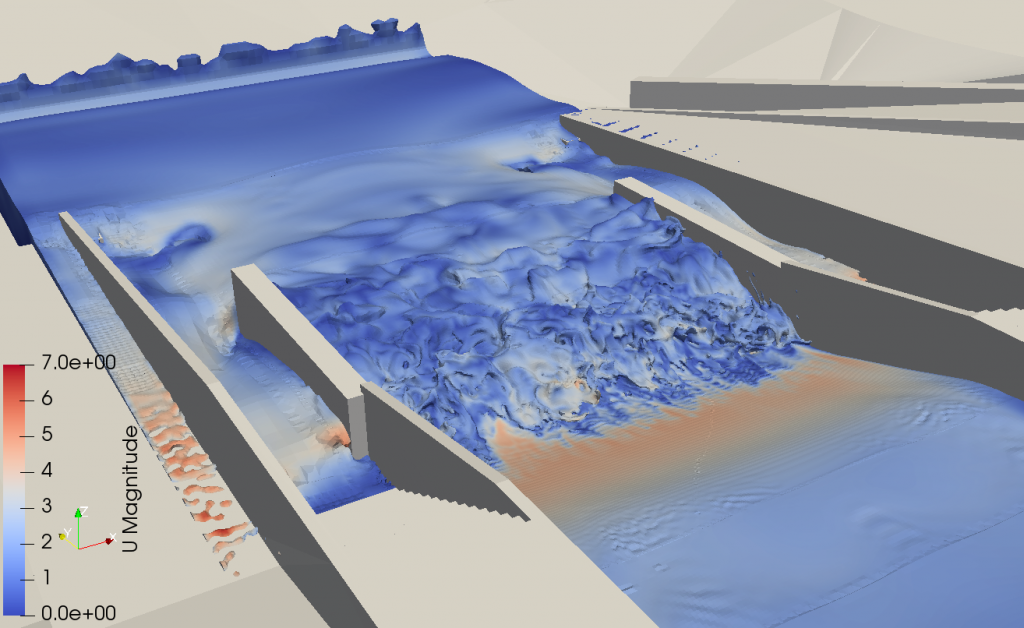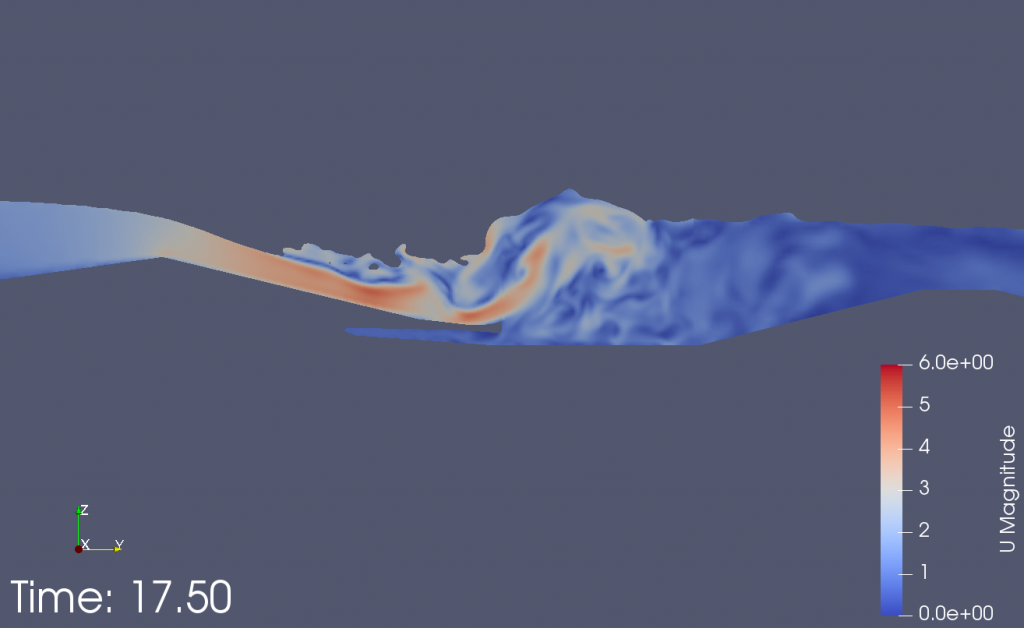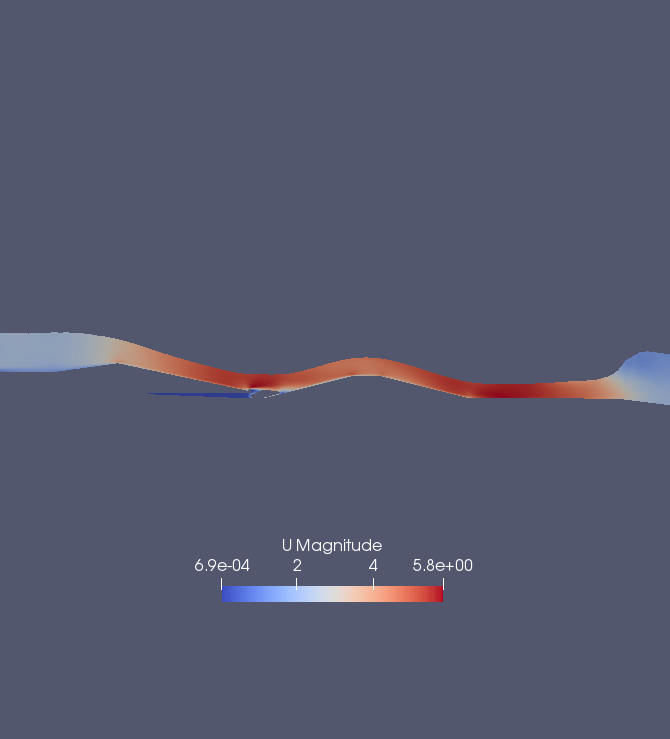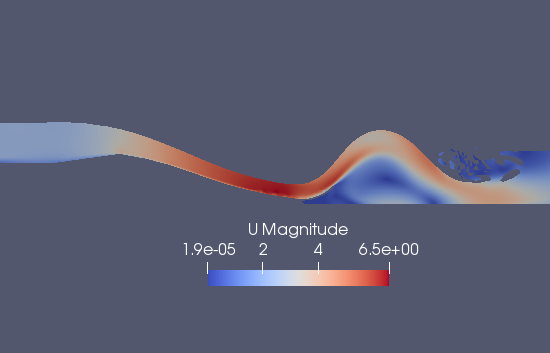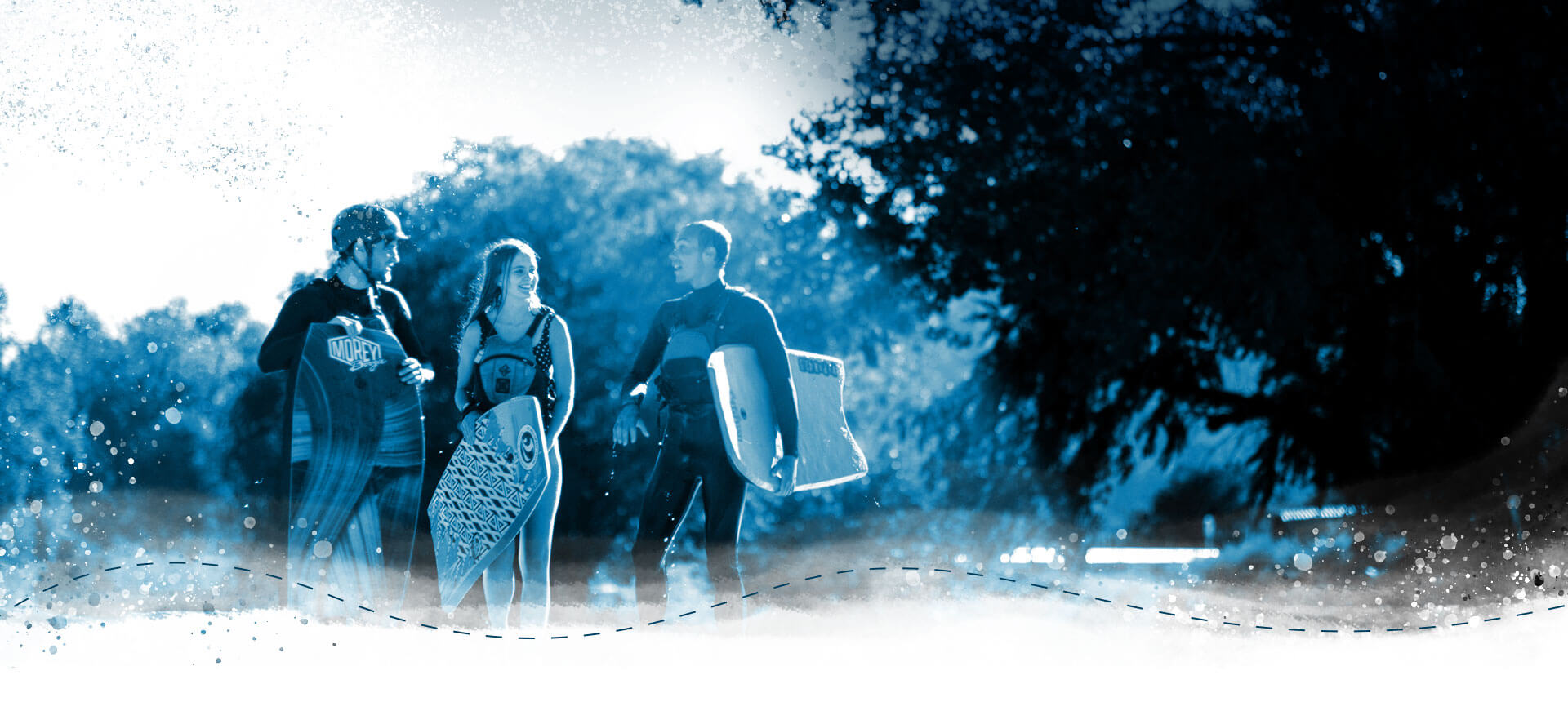Safe Navigation at Low-Head Dams
Safe Navigation at Low-Head Dams can be a challenge. Many of these dams have had significant safety issues involving people flowing over the dam and into a keeper hydraulic that led to fatal results and dangerous rescues. Until recently, these dams, which often reside in towns and cities that once relied upon them for cheap energy, have been an unmitigated risk. However, S2o Design and Engineering has begun redesigning low-head dams to create a safe boater bypass, and often the resulting design creates attractive recreation.
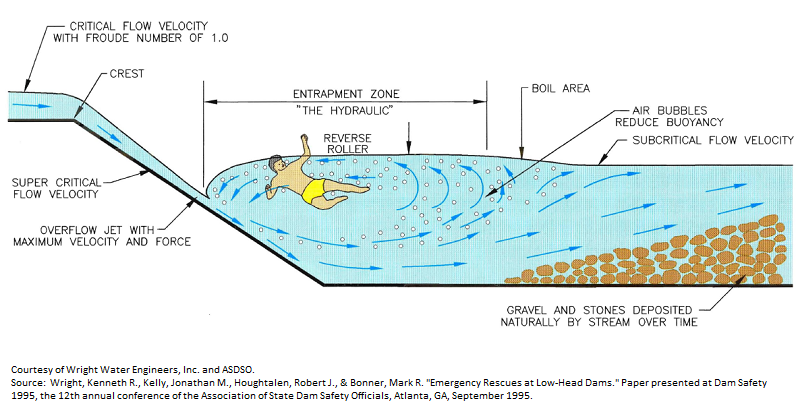
Dams provide energy, water, and can mitigate flooding, but, unless they are designed correctly, dams can be hazards to in-stream recreation and a barrier to fish passage. Some of these dams, such as the Bow River Weir, have killed or injured more than 21 people. These features are virtual drowning machines. The unfortunate reality of these dams is that many of them were built early in the 20th century and few of them are designed with recreational boating nor kayakers in mind.
S2o Design and Engineering has been working with many clients to improve the level of safety at these dams. S2o works to either help remove the dam, if it is no longer needed, or to preserve and reinforce the dam while creating recreational rapids below the dam in lieu of the dangerous keeper left in the original design. S2o’s clients include everyone from small diversion dams, such as the Supply Ditch, for which we completely redesigned and rebuilt their dam, to Duke Power, who is building a large boater bypass on a 14’ high dam in the Catawba River.
The purpose of these projects is to create a navigable river, where people who are qualified and equipped to be out paddling are able to navigate the weir or low-head dam without fear of being pulled under. We work with the client to ensure that a proposed solution meets their budget, is appropriate for the environment in which it is placed, and provides for safe navigation.
S2o Design and Engineering designs these bypasses several ways. The process can include anything from detailed physical modeling as we did for the Catawba Dam in South Carolina and the Bow River Dam in Calgary, AB; three-dimensional computational fluid dynamics modeling (CFD) as we did for the Thurman Mill Diversion in Boise, CO; or through known geometry and one and two-dimensional modeling as we did for the Lyons Ditch Diversion, the Supply Ditch Diversion, and the Pueblo Whitewater Park and Diversion project.
